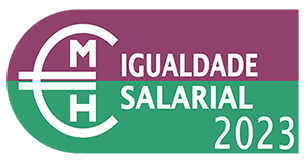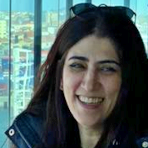

Group Leader
Sou Investigadora Sénior no CIIMAR, onde coordeno a equipa Monitorização e Sustentabilidade de Ecossistemas (EcoSignal) e a Plataforma Tecnológica de Serviços Ecotoxicológicos. Sou Professora Auxiliar Convidada, e Coordenadora da Cátedra UNESCO Ocean Expert, na Universidade do Porto. Sou colaboradora do grupo Monitorização e Modelação da Universidade Positivo (Brasil). A minha experiência principal é em toxicologia e monitorização ambiental, avaliação de risco, poluição e biodiversidade, e literacia do oceano. Recebi em 2020 o Prémio de Investigação Comemoração da Primeira Viagem de Circumnavegação (biodiversidade de abelhas, FCT). Tenho doutoramento em Ciências Biomédicas com trabalho de investigação realizado no CNRS (França).
EQUIPAS DE INVESTIGAÇÃO:
Monitorização de ecossistemas e sustentabilidade


